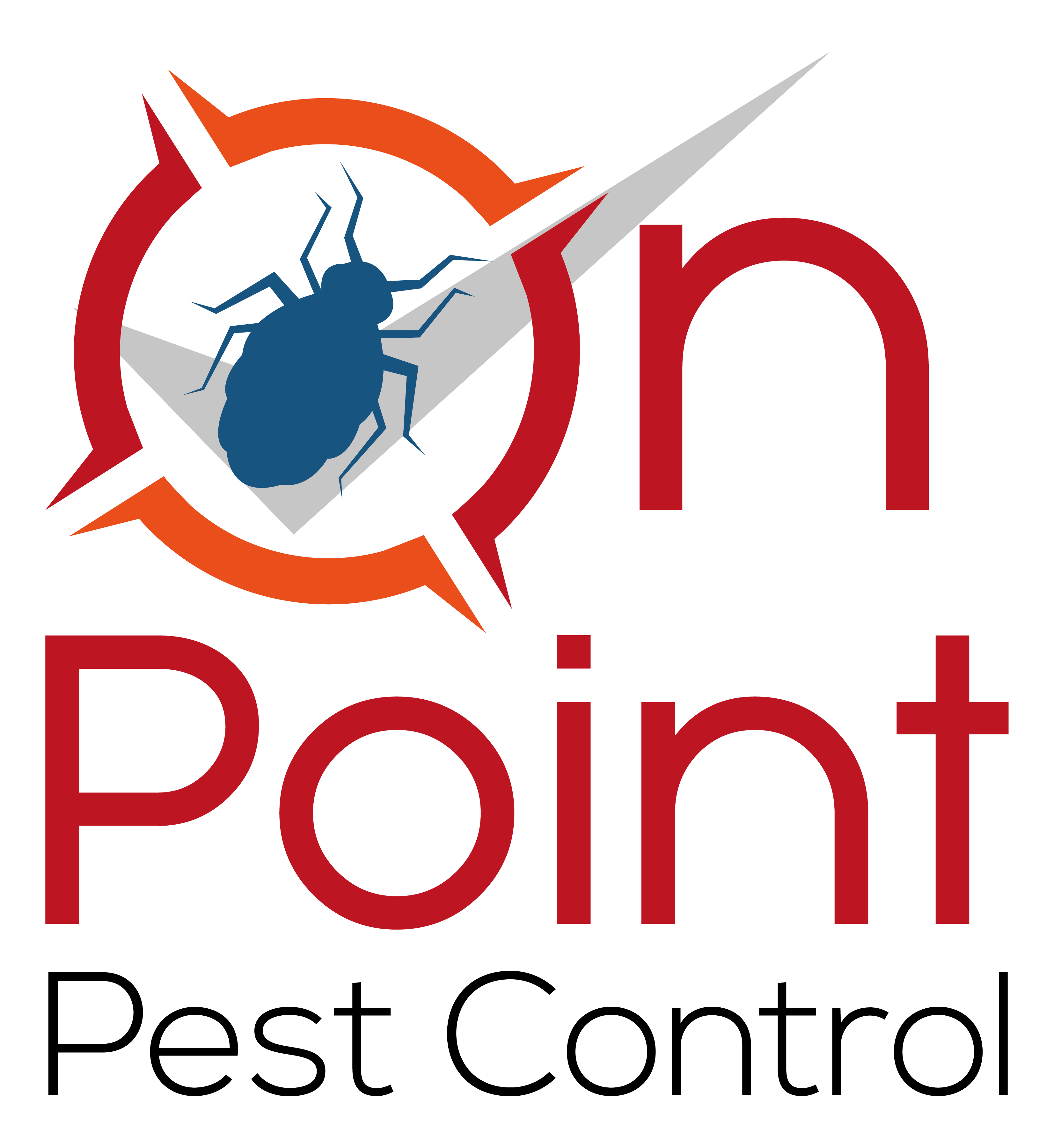Gallery
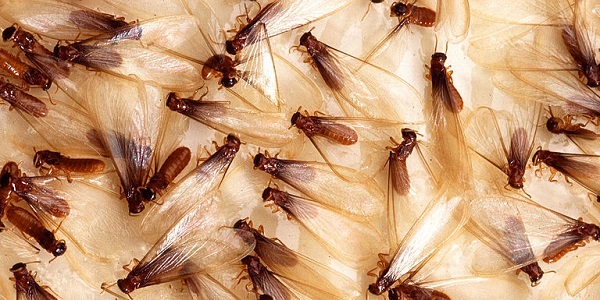 | Termite Treatment Termites mostly feed on dead plant material, generally in the form of wood, leaf litter, soil, or animal dung, and about 10 percent of the estimated 4,000 species (about 2,600 taxonomically known) are economically significant as pests that can cause serious structural damage to buildings, crops or plantation forests. |
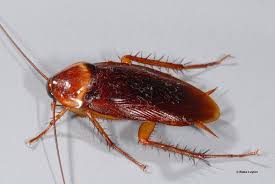 | Cockroach Cockroaches are generally rather large insects. Most species are about the size of a thumbnail, but several species are bigger. Pest species of cockroaches adapt readily to a variety of environments, but prefer warm conditions found within buildings. Many tropical species prefer even warmer environments and do not fare well in the average household. |
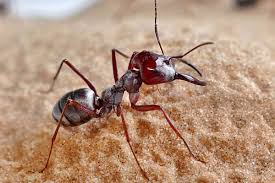 | Ant Ants form colonies that range in size from a few dozen predatory individuals living in small natural cavities to highly organized colonies which may occupy large territories and consist of millions of individuals. These larger colonies consist mostly of sterile wingless females forming castes of “workers”, “soldiers”, or other specialized groups. Nearly all ant colonies also have some fertile males called “drones” and one or more fertile females called “queens”. |
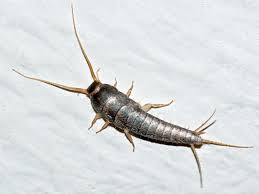 | Silverfish Its common name derives from the animal’s silvery light grey and blue color, combined with the fish-like appearance of its movements. They inhabit moist areas, requiring a relative humidity between 75% and 95%. In urban areas, they can be found in basements, bathrooms, garages, closets, and attics. |
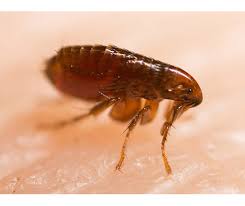 | Flea Treatment Fleas are wingless insects (1/16 to 1/8-inch long) that are agile, usually dark colored with tube-like mouth-parts adapted to feeding on the blood of their hosts. Their legs are long, the hind pair well adapted for jumping: a flea can jump vertically up to 7 inches and horizontally up to 13 inches. Their bodies are laterally compressed, permitting easy movement through the hairs or feathers on the host’s body (or in the case of humans, under clothing). The flea body is hard, polished, and covered with many hairs and short spines directed backward,which also assist its movements on the host. Fleas can be drowned in water and may not survive direct contact with anti-flea pesticides. |
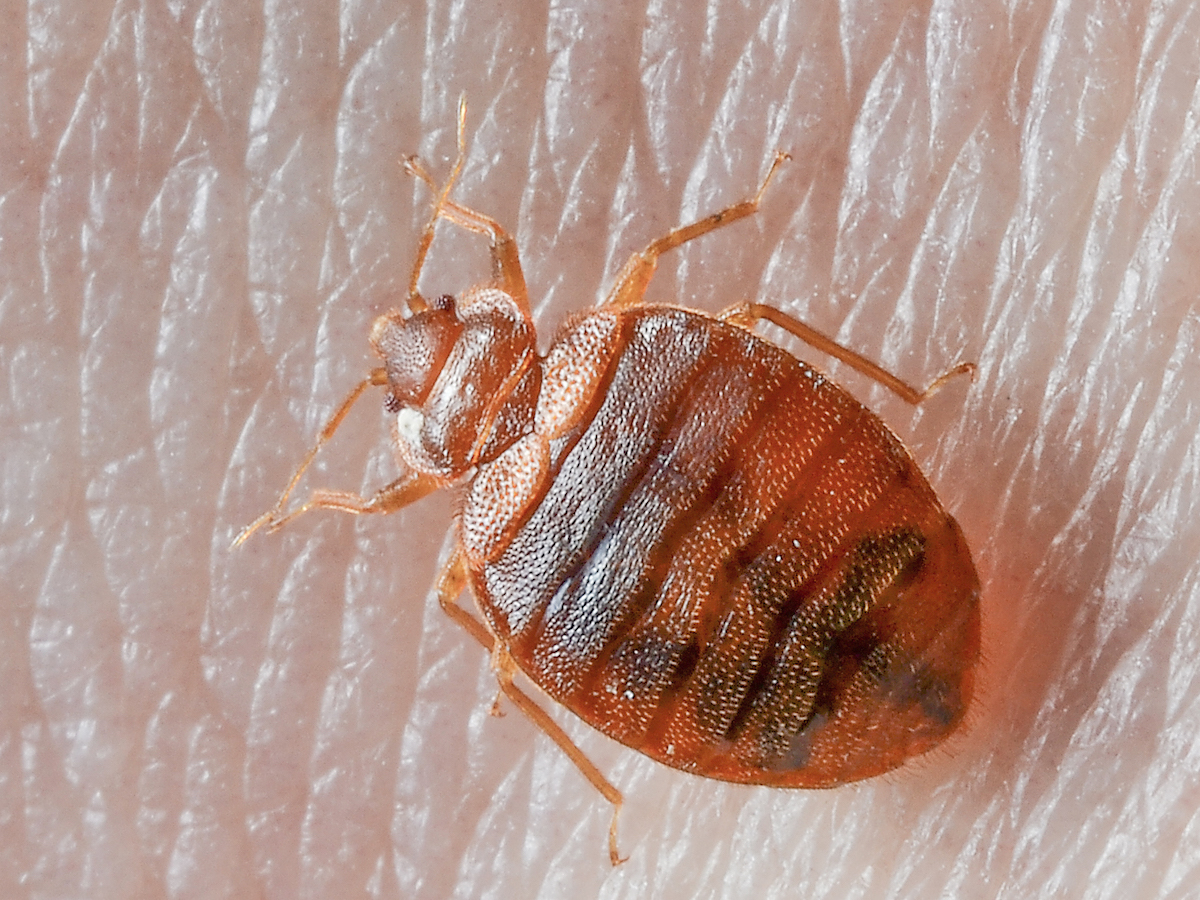 | Bed Bug A bed bug can individually and collectively cause a number of health effects including skin rashes, psychological effects and allergic symptoms. Bed bug bites or cimicosis may lead to a range of skin manifestations from no visible effects to prominent blisters. Diagnosis involves both finding bed bugs and the occurrence of compatible symptoms. Treatment involves the elimination of the insect but is otherwise symptomatic. |
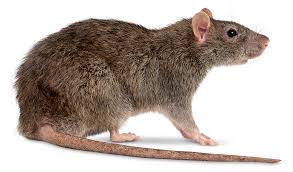 | Mice A mouse / mice is a small mammal belonging to the order of rodents. The best known mouse species is the common house mouse. It is also a popular pet. In some places, certain kinds of field mice are also common. This rodent is eaten by large birds such as hawks and eagles. They are known to invade homes for food and occasionally shelter. |
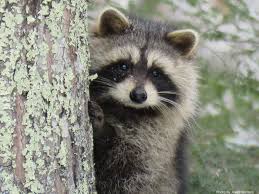 | Raccoon The Raccoon is a medium-sized mammal native to North America. It is the largest of the procyonid family, having a body length of 16 to 28 in and a body weight of 8 to 20 lb. The raccoon is usually nocturnal and is omnivorous, with a diet consisting of about 40% invertebrates, 33% plant foods, and 27% vertebrates. Two of its most distinctive features are its extremely dexterous front paws and its facial mask. Raccoons are noted for their intelligence, with studies showing that they are able to remember the solution to tasks up to three years later. |
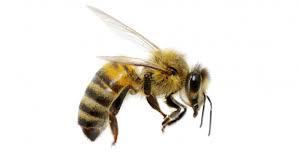 | Bee Bees are flying insects closely related to wasps and ants, and are known for their role in pollination and for producing honey and beeswax. Bees are adapted for feeding on nectar and pollen, the former primarily as an energy source and the latter primarily for protein and other nutrients. Most pollen is used as food for larvae. Bees have a long proboscis (a complex “tongue”) that enables them to obtain the nectar from flowers. They have antennae almost universally made up of 13 segments in males and 12 in females, as is typical for the superfamily. Bees all have two pairs of wings. |
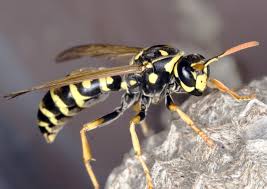 | Wasp Control Service NJThe term wasp is typically defined as any insect, it is neither a bee nor an ant. Almost every pest insect species has at least one wasp species that preys upon it or parasitizes it, making wasps critically important in natural control of their numbers, or natural biocontrol. Parasitic wasps are increasingly used in agricultural pest control as they prey mostly on pest insects and have little impact on crops |
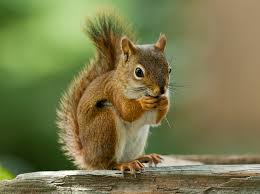 | Squirrel Squirrels belong to a large family of small or medium-sized rodents called the Sciuridae. Squirrels are generally small animals, ranging in size from (2.8–3.9 in) in length and just (0.35 oz) in weight. Squirrels typically have slender bodies with bushy tails and large eyes. Their fur is generally soft and silky, although much thicker in some species than others. |
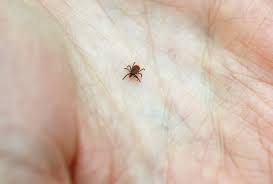 | Tick Ticks are (external parasites), living on the blood of mammals, birds, and sometimes reptiles and amphibians. By consuming on the blood they can get larger and then to a size to where you can see them better, and once they’ve gotten big enough they eventually move on to another host. Ticks are vectors of a number of diseases, including Lyme disease, Q fever, Colorado tick fever, Rocky Mountain Spotted Fever, tularemia, tick-borne relapsing fever, babesiosis, ehrlichiosis, Tick paralysis and tick-borne meningoencephalitis, as well as bovine anaplasmosis. Tick species are widely distributed around the world. However, they tend to flourish more in countries with warm, humid climates, because they require a certain amount of moisture in the air in order to undergo metamorphosis, and because low temperatures inhibit their development from egg to larva. |
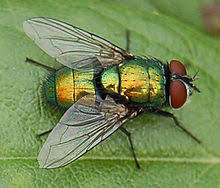 | Fly True flies are insects of the order Diptera. They possess a pair of wings on the mesothorax and a pair of halteres, derived from the hind wings, on the metathorax. Apart from secondarily flightless insects (including some flies), the only other order of insects with any form of halteres are the Strepsiptera, and theirs are on the mesothorax, with the flight wings on the metathorax. |
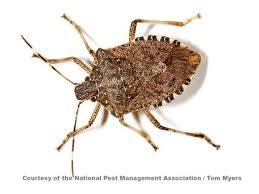 | Stink Bug Stink bugs are found in many places around the world. There are hundreds of species of stink bugs. Stink bugs are easily identified by their shape, color, and their smell. Stink bugs come in range of greens and can also be found in brown. Their backs are a distinct shape of a shield. |
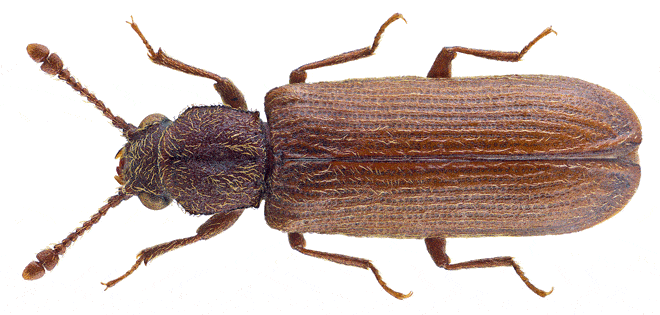 | Powder Post Beetle Powderpost beetles are a group of seventy species of woodboring beetles classified in the insect subfamily Lyctinae. While most woodborers have a large prothorax, powderpost beetles do not, making their heads more visible. In addition to this, their antennae have two-jointed clubs. They are considered pests and attack deciduous trees, over time reducing the wood to a powdery dust. The damage caused by longhorn beetles (family Cerambycidae) is often confused with that of powderpost beetles, but the two groups are unrelated. |

Subscribe to our Mailing List to stay updated with us and get specials!
